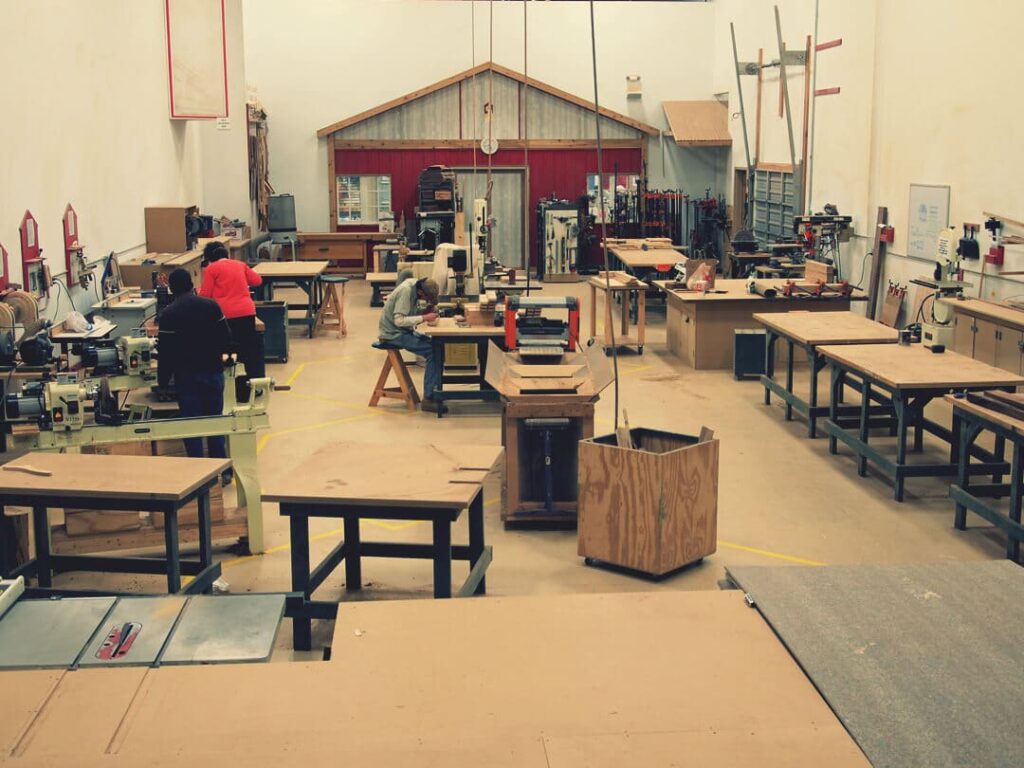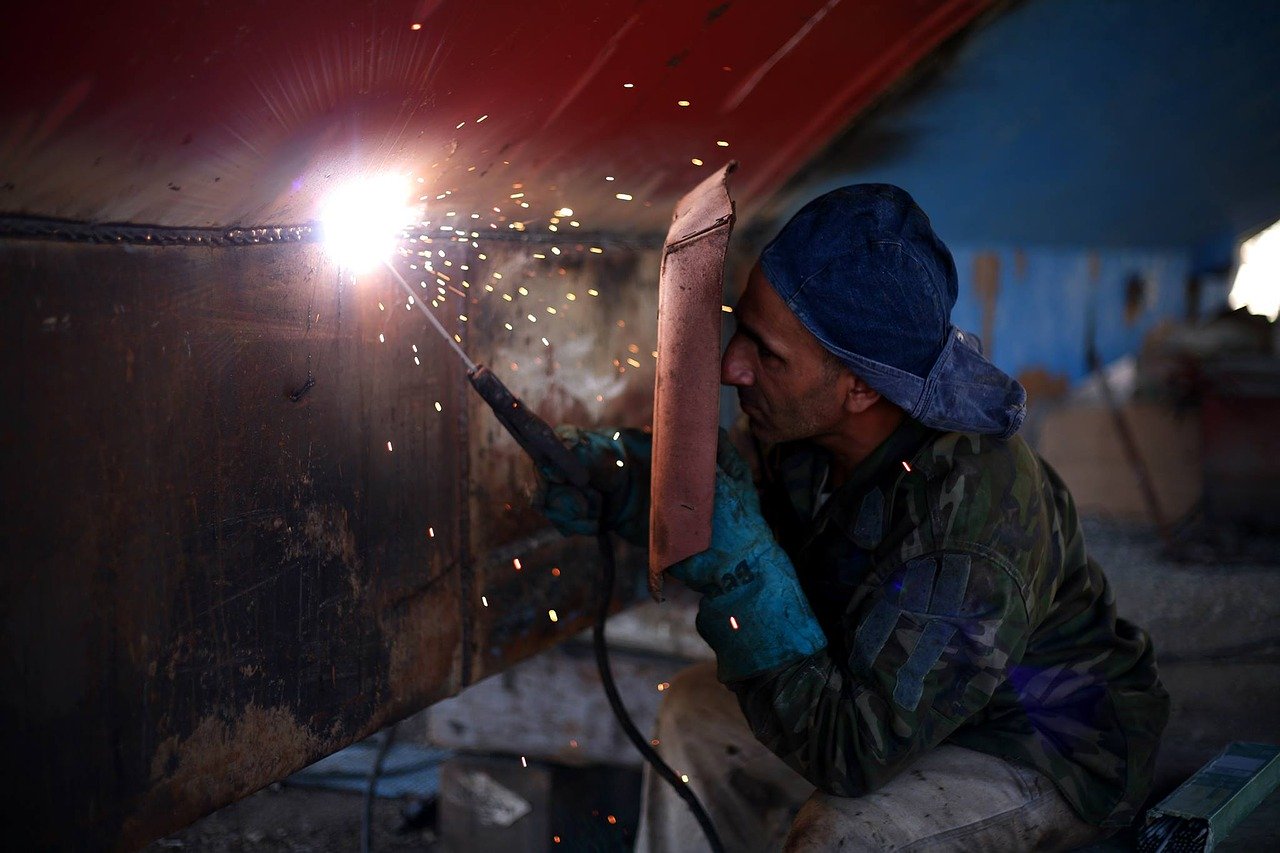In some instances, it makes sense to have the cabinetry or stairs job built in quality. For a bath that has the only cabinet work on the job, or a simple design that doesn’t require a lot of special mouldings, etc. — the simplest of the three and most easily scheduled, it makes for the fewest problems, if any.
Installation issues
The walls should be ready for the installation: plum. The contractor should check for it at this time and task the crew to make provisions if the wall isn’t plum. The shop drawings will indicate the ways in which this can be accomplished. Cabinets that are flush with the ceiling may provide the biggest problems when corrections are implemented, unless a substantial moulding can camouflage the corrections. When the ready-mades arrive, the contractor or crew chief will inspect for damage and “square”. Any problems should be handled immediately by the vendor, whether it be replacement or shop corrections that can be made without return to the manufacturer. The contractor should look for vendors who stock ready-made warehouse replacements in popular styles. Seldom will local shop-built designs be a problem and, if one arises the shop will take care of it immediately, or risk losing the contractor’s good will. Job-built cabinetry and stairs require the same conditions, will take less time, but will require a staging area.
Construction management review
Administrative
Contractor: receive shop drawings for ready – made and shop – built designs to check measurements against drawings.
Architect: receive two sets of shop drawings for ready – made and shop – built designs to check design compliance and for owner’s records. Installation proceeds with architect’s approval.
Field
The architect will observe at the half – way point of installation to check installation procedures and fit, with an opportunity to test wall connections. For final inspection the contractor will test for level once again and approval from the architect is required for release of these items for contractor’s payment request. Close cooperation is required between architect and contractor during this phase of the project.
This informative piece is followed by an article on construction management tools and how they can be used for safety and performance standards of appliances and equipment. This is part of a series of construction management tools articles on their various use: cabinetry and stair precision, final punch list, project closeout, etc.



